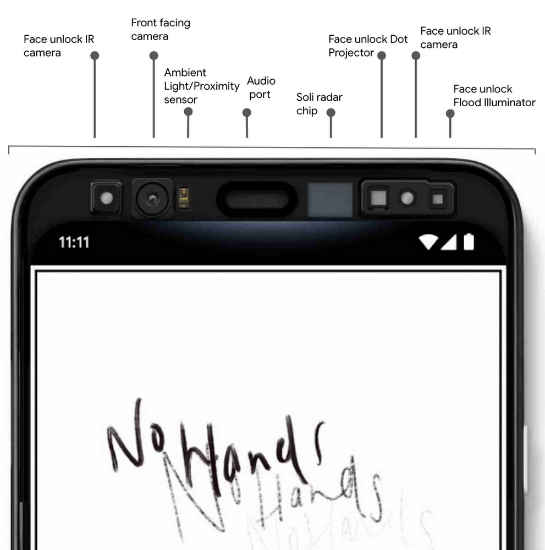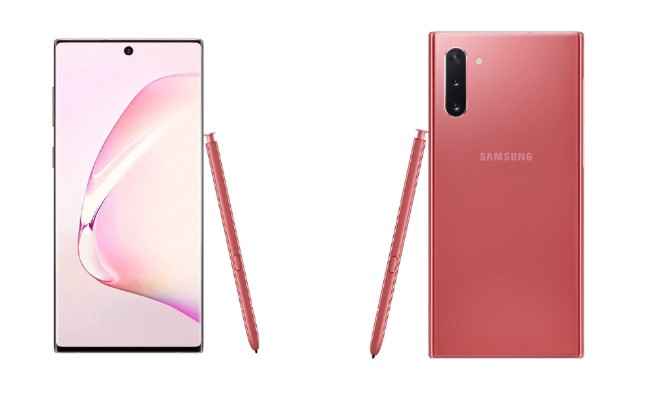Amazon Grand Gaming Days sale is live now. The e-commerce giant is offering discounts on a wide variety of gaming products, including headsets, mice, laptops, and more. The sale went live on July 29 and it will end on July 30. Meanwhile, we have put together a list of laptops you can consider to buy from the ongoing sale.
Asus TUF FX505GD (Buy Here)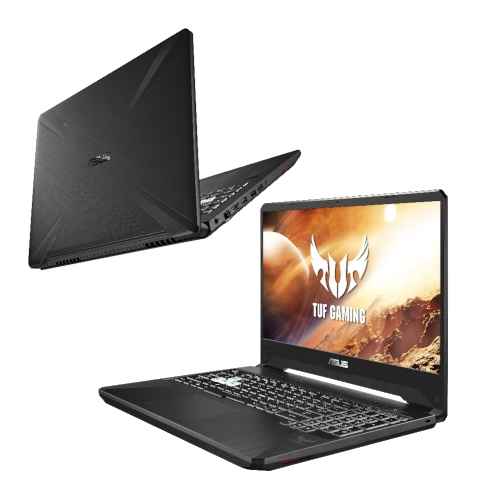
The Asus TUF Gaming FX505GD features a 15.6-inch FHD display with 60Hz Anti-Glare IPS-level Panel. It is powered by the 8th gen Intel Core i5, paired with 8GB RAM and 1TB HDD storage. The laptop has an Nvidia GeForce GTX 1050 with 4GB of memory for taking care of graphics.
Processor: Core i5-8300H 8th Gen RAM: 8GB (upgradeable up to 32GB) GPU: Nvidia GeForce GTX 1050 Storage: 1TB HDD Display: 1920x1080, 60Hz Anti-Glare IPS-level Panel with 45% NTSC
Maximum Retail Price: Rs 75,990 Sale Price: Rs 56,990 Savings: 19,000
HP Pavilion Gaming Laptop (Buy Here)The HP Pavilion Gaming Laptop is selling at a discount of 24%. The model we are mentioning here has a 15.6-inch FHD display with SVA anti-glare WLED-backlit. On the storage front, you get 128GB SSD + 1TB HDD storage. It has NVIDIA GeForce GTX 1050Ti with 4GB memory.
Processor: Core i5-8300H 8th Gen RAM: 8GB GPU: Nvidia GeForce GTX 1050Ti Storage: 128GB SSD + 1TB HDD Display: 1920x1080 SVA anti-glare WLED-backlit panel
Maximum Retail Price: Rs 78,680 Sale Price: Rs 59,990 Savings: 18,690
MSI GL63 (Buy Here)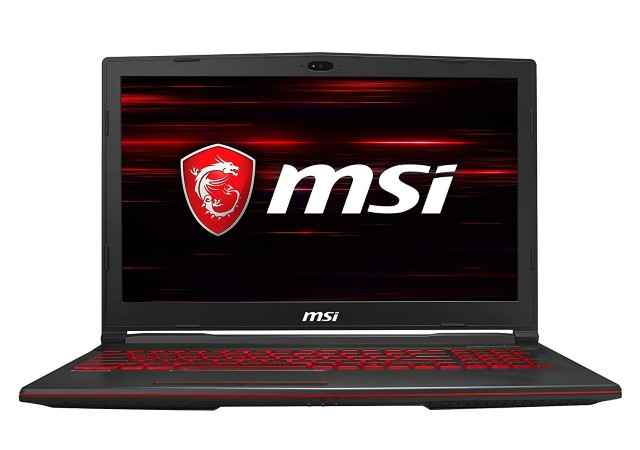
The MSI GL63 is selling for a discount of Rs 40,000. The 8SD-1020IN model includes 8GB RAM and 512GB NVMe SSD. It is powered by 8th Gen Intel Core i7, and it runs on Windows 10. It features a 15.6-inch Full HD (1920 x 10800 Wideview anti-glare display. The laptop has GTX 1660 Ti 6GB graphics. It weighs 2.22Kg.
Processor: Core i7-8750H 8th Gen RAM: 8GB (upgradeable) GPU: Nvidia GeForce GTX 1660Ti Storage: 512GB NVMe M.2 SSD Display: 1920x1080 Wideview anti glare screen
Maximum Retail Price: Rs 1,29,990 Sale Price: Rs 89,990 Savings: Rs 40,000
Lenovo Legion Y540 (Buy Here)The Legion Y540 is selling at a discount of 34%. It features a 15.6-inch (1920X1080) full HD display with anti Glare technology and 144Hz refresh rate. The laptop has 16GB RAM and 1TB HDD + 256 GB SSD. It comes with 6GB NVIDIA GTX 1660 Ti Graphics.
Processor: Core i7-9750H 9th Gen RAM: 16GB GPU: Nvidia GeForce GTX 1660Ti Storage: 1TB HDD + 256GB SSD Display: 1920x1080 anti Glare technology, 144Hz refresh rate, 300 Nits Brightness
Maximum Retail Price: Rs 1,55,290 Sale Price: Rs 1,02,990 Savings: Rs 52,300
Asus ROG Zephyrus M (Buy Here)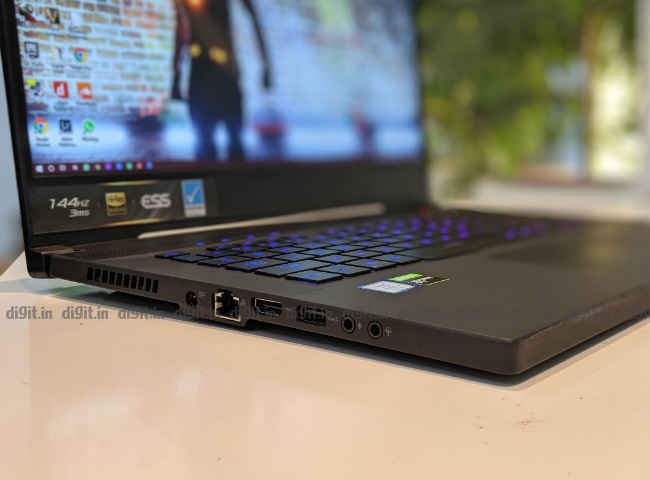
The ASUS ROG Zephyrus M GU502GU-ES003T is the most expensive gaming laptop on this list. It features a 15.6-inch Full HD (1920x1080) Anti-glare IPS-level panel with 144Hz refresh rate and 100% sRGB colour reproduction. The laptop has 16GB DDR4 RAM, which is upgradeable up to 32GB RAM. It has 512GB NVMe storage with additional 1x M.2 Slot for PCIe SSD expansion. The laptop is powered by 9th Gen Intel Core i7 processor. Also, it weighs just 1.93Kg.
Processor: Core i7-9750H 9th Gen RAM: 16GB (upgradeable up to 32GB) GPU: Nvidia GeForce GTX 1660Ti Storage: 512GB M.2 SSD with additional 1x M.2 Slot for PCIe SSD expansion Display: 1920x1080 Anti-glare IPS-level panel, 144Hz refresh rate
Maximum Retail Price: Rs 1,85,990 Sale Price: Rs 1,39,990 Savings: Rs 46,000
Additionally, you can avail a 5% instant discount with HSBC cashback card. The exchange offer is valid on all the laptops as well.
from Latest Technology News https://ift.tt/2K0YtYJ
